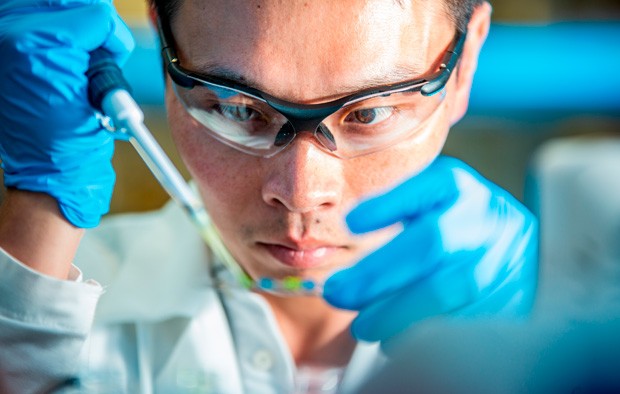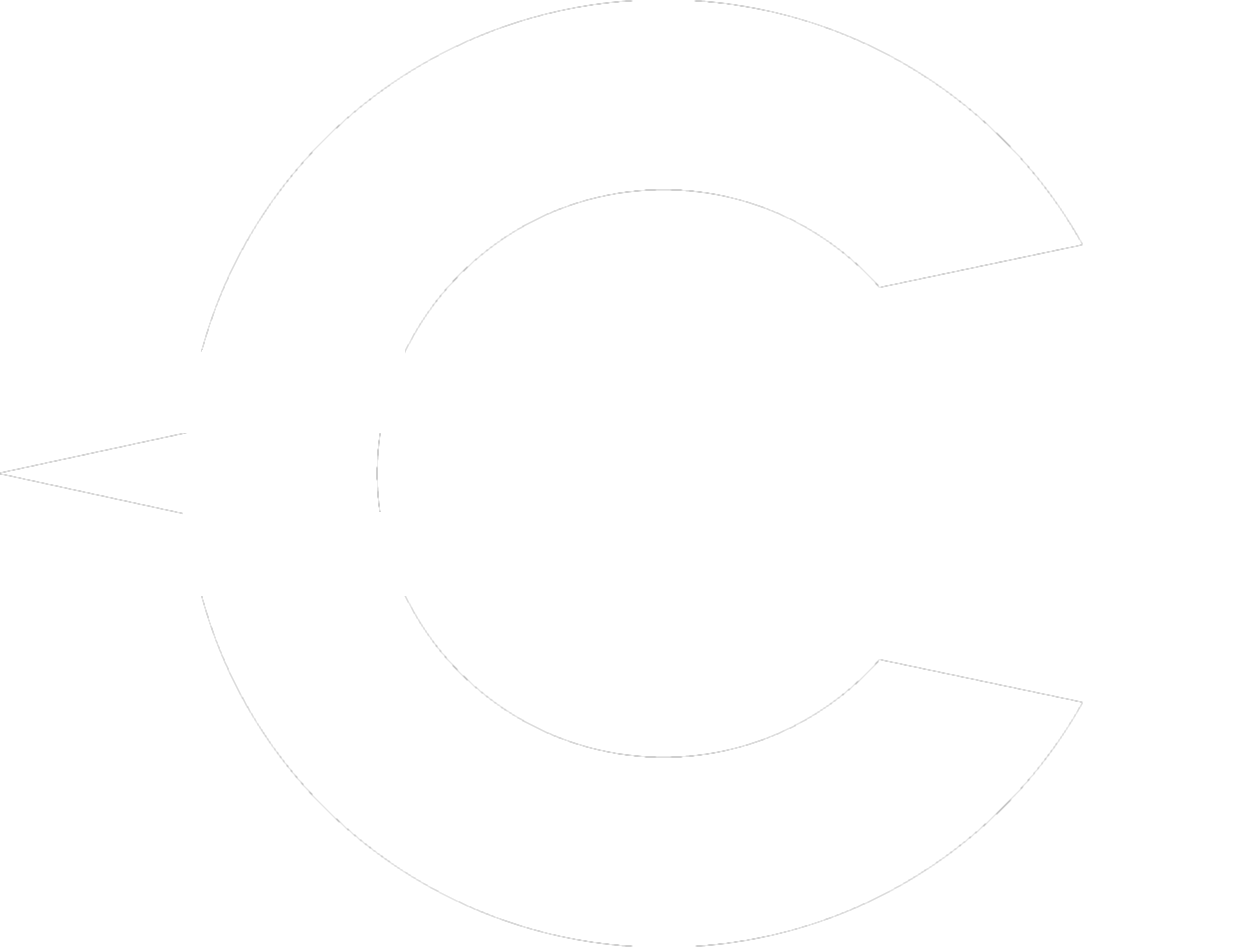A comprehensive view of safety
 “The university really broadens the breadth of our work. Thanks to all the different types of research at Concordia, everyday is different.”
“The university really broadens the breadth of our work. Thanks to all the different types of research at Concordia, everyday is different.”
If the work of Environmental Health and Safety (EHS) is not top of mind for most members of the Concordia community, it may be because of the success of its safety programs, training and procedures. The team is everywhere, except “in the way.”
In Facilities Management, employees are getting work done while respecting safety standards. In the laboratory setting, researchers are able run their labs effectively, knowing that safety precautions are there to protect them and their students, not to hinder their explorations.
Advancing the review process
In 2017-2018, EHS pushed forward its review of safety programs, focusing on work done at heights, work done in confined spaces and work involving hazardous energy, including electricity.
“We often refer to the last one as our Lock Out, Tag Out Program,” explains EHS Director Pietro Gasparrini. “Though it might only involved a small group of employees, it has had a big impact on them.”
Twenty members of the Facilities Management team came together to help roll out the new program developed by the EHS team and have been hard at work creating lock out procedures since April of 2017. “We involved our plumbers, electricians and machinists, as well as their supervisors. They showed such dedication and have been working diligently in creating internal procedures that will benefit themselves and their colleagues.. They did such great work that they even won a 2018 Safety Award.”
Part of the challenge of programs like the three reviewed in 2017-2018 is balancing safety and efficiency. Gasparrini says he has gotten feedback that his team’s efforts are actually helping employees work more effectively.
“There was a time when safety measures were seen as potentially slowing down processes. We are now proving that programs aimed at keeping people safe can actually enhance their productivity.”
Building in health and safety
Aside from offering regular training sessions, EHS tries to ensure that members of the university community have access to safety expertise and remember to call if questions emerge during a project.
For example, between 2017-2018 EHS played a collaborative role during the planning phase of the new Science Hub and in during renovations in the Hall and Guy-de Maisonneuve buildings. The unit’s input was welcomed by engineers and architects as their expertise in health and safety standards needed to be integrated into the projects to tackle issues such as lab safety, among other things.
“To avoid looking for solutions after a space is built, we have taken a seat at the planning table. We try and design-in safety and design-out hazards.”
Gasparrini says the team put a particular amount of thought and effort into the planning of the Science Hub.
“That was a really exciting project for us because it also gave us a reason to learn more about the research that would be done in the new Hub. We provided input on how the space could be both flexible and respect safety regulations.”
EHS recommended meeting the highest standards, arguing that it is less expensive to build in safety features than add them later. The team also looked for creative ways to accommodate different safety requirements in an open space with various types of research going on simultaneously.
“The university really broadens the breadth of our work. Thanks to all the different types of research at Concordia, everyday is different. It’s like you have multiple jobs at the same time.”



